Integral Healing
Integral Healing presents the insights of Sri Aurobindo and the Mother into the causes and cure of illness. This book of selections from their writings and talks examines the mechanism of illness primarily from a psychological point of view, taking into account the whole of our being including much that is beyond the range of our normal awareness. It explores how the hidden causes of physical disorders can be uprooted by discovering and utilising one’s inner power and participating consciously in the accelerated evolutionary process known as Integral Yoga. Integral Yoga is the spiritual path that was originally developed and taught by Sri Aurobindo and the Mother at Sri Aurobindo Ashram in Pondicherry, India. In this book, the central principles of Integral Yoga and its vision of the evolving relation between matter and Spirit are explained in Sri Aurobindo’s and the Mother’s words in the Introduction, “Yoga, Evolution and the Human Body”. Sri Aurobindo, the prophet of a higher evolution, envisaged this path of Yoga as leading eventually through a radical change of consciousness to a total freedom from illness and the possibility of physical immortality. With regard to the body and its present subjection to illness, he stated that “the aim of our yoga is not to find Out the most efficient method of healing diseases so much as to change the entire consciousness — even the physical in order that disease may not come at all. The entire being must be so transformed that disease becomes impossible.” Integral healing in its completeness implies such a transformation by which illness, suffering and death would become things of the past. But before an evolutionary leap carries us beyond human nature as we know it, there are practical ways to maintain physical as well as psychological equilibrium and deal with the challenges that illness may present. These are the main subject of this book. The seriousness of the problem has to be recognised and no simple panacea can be expected. As is explained in Part Four, “Medicine and Healing”, medical treatment according to mainstream or alternative systems has its place alongside the inner and spiritual methods that are discussed in Parts Two and Three, “Cure by Inner Means” and “Cure by Spiritual Force”. Illness, suffering and death have been unavoidable circumstances in the emergence of living and thinking beings in a world of inanimate matter. But at a certain point, the human consciousness begins to become aware of something within or beyond itself whose nature is self-existent peace and bliss. A potent new factor is then introduced. This higher reality has long been experienced in various aspects by mystics and practitioners of the disciplines that in India are grouped under the heading of Yoga. In these disciplines, however, spiritual liberation has often been pursued for its own sake with little regard for its relevance to material life. On the other hand, there are forms of Yoga that have concerned themselves with the body, such as Hathayoga, which is now synonymous with “yoga” for most people. But these have tended to rely on techniques that are predominantly physical and inherently limited in their results, however powerful within those limits. The attempt of the Integral Yoga to bring a force from the highest spiritual plane into the depths of matter opens up a frontier whose exploration could alter the equation between consciousness and the body it inhabits, with incalculable implications for the future. Both Sri Aurobindo and the Mother practiced healing over a period of decades in the course of their spiritual work, besides being engaged in the process of transformation in their own bodies. On the basis of their extensive experience, they sometimes spoke about illness and healing — especially self- healing — but did not fully systematise their knowledge on this subject. What they wrote or said in various contexts has been compiled in this book and arranged in such a way as to bring out the coherence and comprehensiveness of their vision of the human whole, including their understanding of the body, its disorders and its limitless potential. The selections included here have been reproduced from diverse sources, formal and informal, written and spoken, some originally in English and some translated from French. Readers may notice considerable variations in style and tone from one page to the next as they read passages from Sri Aurobindo’s major works and the Mother’s accounts of her experiences of cellular transformation interspersed with written or oral answers to the questions of children and advanced sadhaks, laymen and doctors. (These questions are printed in italics.) Such variations were unavoidable if the subject matter of the book was to be covered as completely as possible in Sri Aurobindo’s and the Mother’s own words (or a translation of them, in the case of the Mother’s talks). Naturally, material extracted from so many different contexts could not be organized with the rigorous logic of a book planned and written from the beginning on a specific topic. Part One, for example, “Psychological Causes of Illness”, is not strictly confined to an analysis of causes as implied by the title, but anticipates the methods of curing illnesses discussed in Parts Two and Three. Nevertheless, the compilers have tried to make the structure of the book reflect as clearly as possible the main aspects of Sri Aurobindo’s and the Mother’s contribution to the understanding of illness and how it can be cured. Each part is divided into several chapters and the chapters into sections with headings indicating principal ideas. Short selections are grouped under these headings and long passages are broken up by them into smaller units. In the former case, the name of Sri Aurobindo or the Mother is printed (in bold type) at the beginning of the series of selections from each of them under a particular heading; in the latter case, the name appears only at the beginning of the entire passage. References to the sources of the texts, as well as a glossary and index, are found at the end of the book. It is hoped that Integral Healing will be of value not only to those who wish to cure or prevent illness on the spiritual path, but to all who are interested in the theory and practice of holistic approaches to healing.
Get it now and save 10%
BECOME A MEMBER

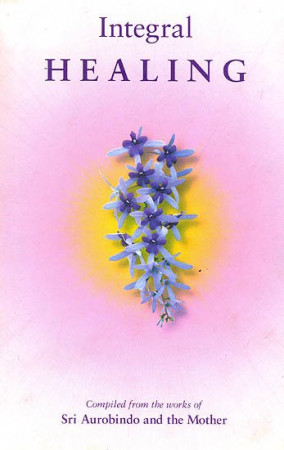
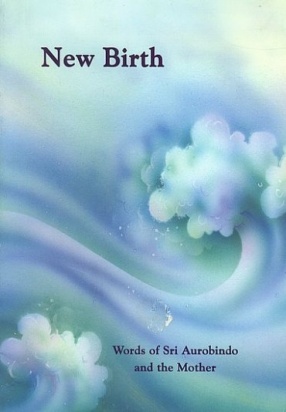
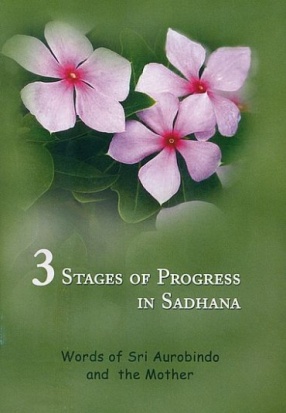
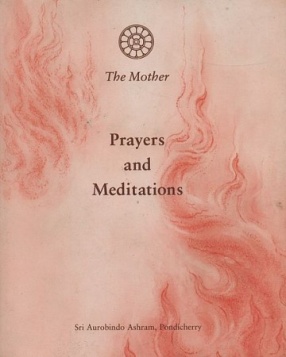
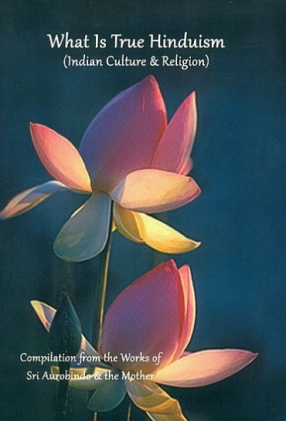

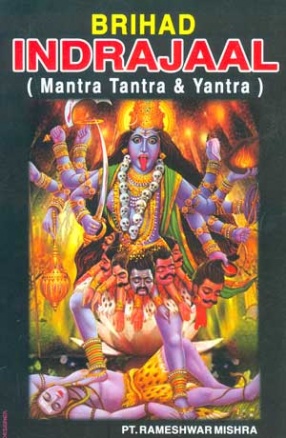
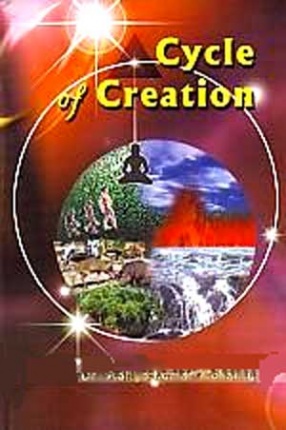
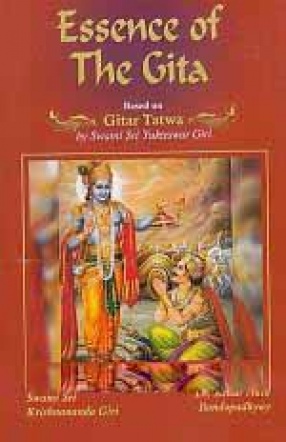

Bibliographic information
The Mother